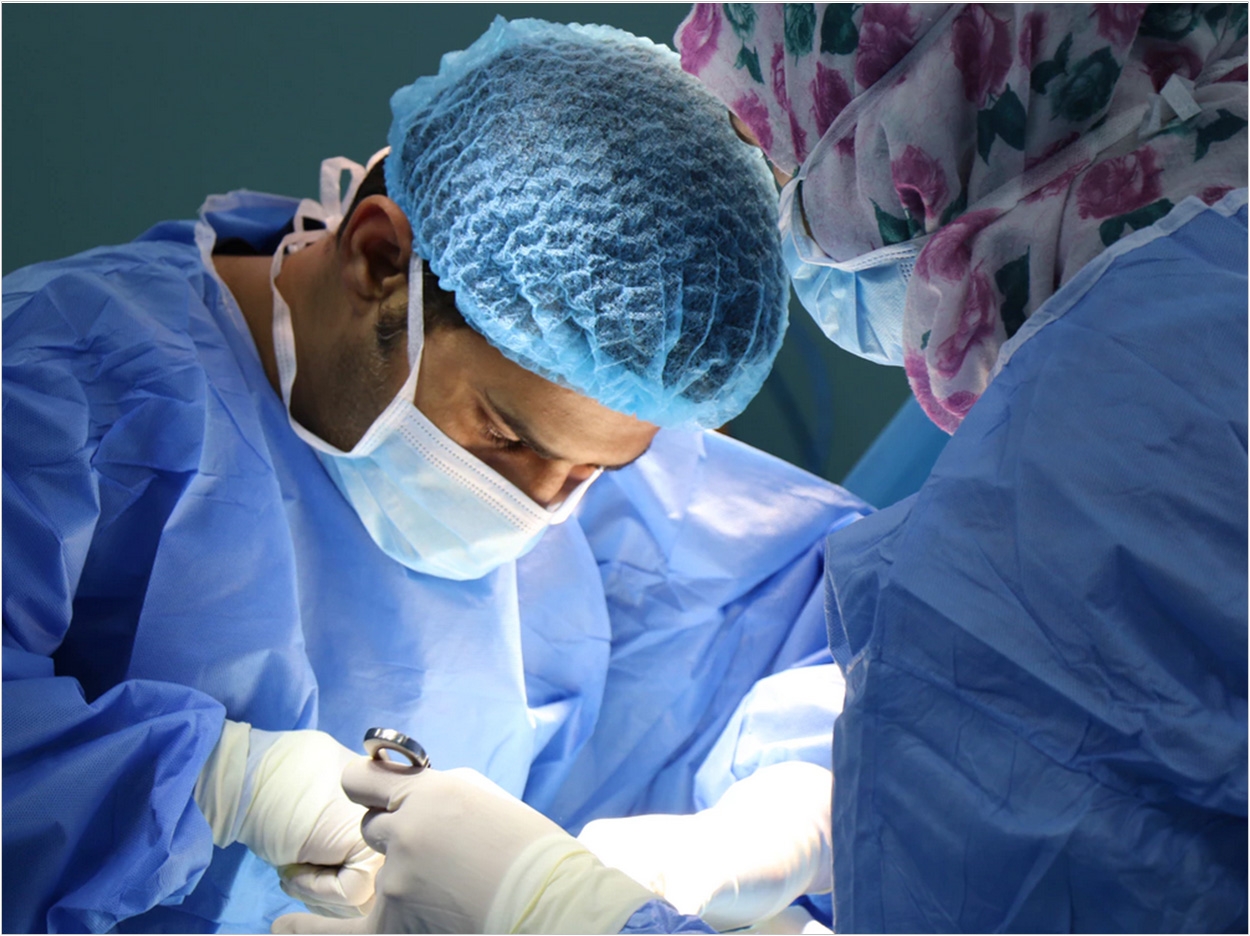
Patients with false teeth should take them out before they receive general anesthesia, doctors warn after a 72-year-old’s dentures got stuck in his throat during surgery to remove a harmless lump in his abdominal wall and weren’t discovered for eight days.
Aside from considerable pain, bleeding, and swallowing difficulties, the oversight led to repeated hospital visits, additional invasive tests, blood transfusions, and eventually more surgery for the man.
Six days after the abdominal surgery, the man went to the emergency room complaining about blood in his mouth, swallowing difficulties, and pain that had prevented him from eating solid food since the surgery.
Nothing in his test results prompted doctors to consider anything other than a respiratory infection and the side effects of having had a tube down his throat during his operation. He was then prescribed mouthwash, antibiotics, and steroids and sent home.
Two days later, he returned with worsening symptoms. He had been unable to swallow any of the medicine he was prescribed. He then was admitted to the hospital with suspected aspiration pneumonia, a severe chest infection usually caused by inhaling food, stomach acid, or saliva into the lungs.
During this hospital stay, a diagnostic procedure to look at his throat and voice box revealed a semi-circular object lying across his vocal cords that had clearly caused internal swelling and blistering.
When this was explained to him, the man said that his dentures, which consisted of a metal roof plate and three false teeth, had been lost during his previous hospital stay. He then had emergency surgery to remove the dentures and was discharged after six days.
Another six days later, though, a bout of bleeding prompted another return to the hospital. As tests revealed the bleeding had stopped, he was sent home, only to reappear again 10 days later with the same problem.
After a couple of more days, he was discharged but returned again six days later because of further bleeding. Tests revealed internal wound tissue around the site of the blistering, which was cauterized to prevent further bleeding.
Because he had lost so much blood, he also required a blood transfusion. He was discharged after two days, but returned nine days later with further bleeding that required emergency surgery, as the source of the bleed was a torn artery in the wound.
A checkup a week later showed that the tissue was healing well. Six weeks later, he had not needed further emergency care, and his blood count was back to normal.
This isn’t the first documented case of dentures being inhaled while anesthetic is being infused, and there are no national guidelines for how dentures should be managed during anesthesia.
Leaving dentures in during bag-mask ventilation, though, allows for a better seal during induction. As a result, many hospitals allow dentures to be removed immediately before intubation.
Harriet A. Cunniffe of East of England Deanery, UK, who wrote up a case report for BMJ, notes that the presence of any false teeth or dental plates should be clearly documented before and after any surgical procedure, with all members of the surgical team aware of what is to be done with them.
Related Articles
The Three Most Important Factors of Anesthesia and Patient Safety
Many Dentists Fail to Follow Nitrous Oxide Safety Recommendations
SAMERI Ensures Patient Safety in Sedation Dentistry


